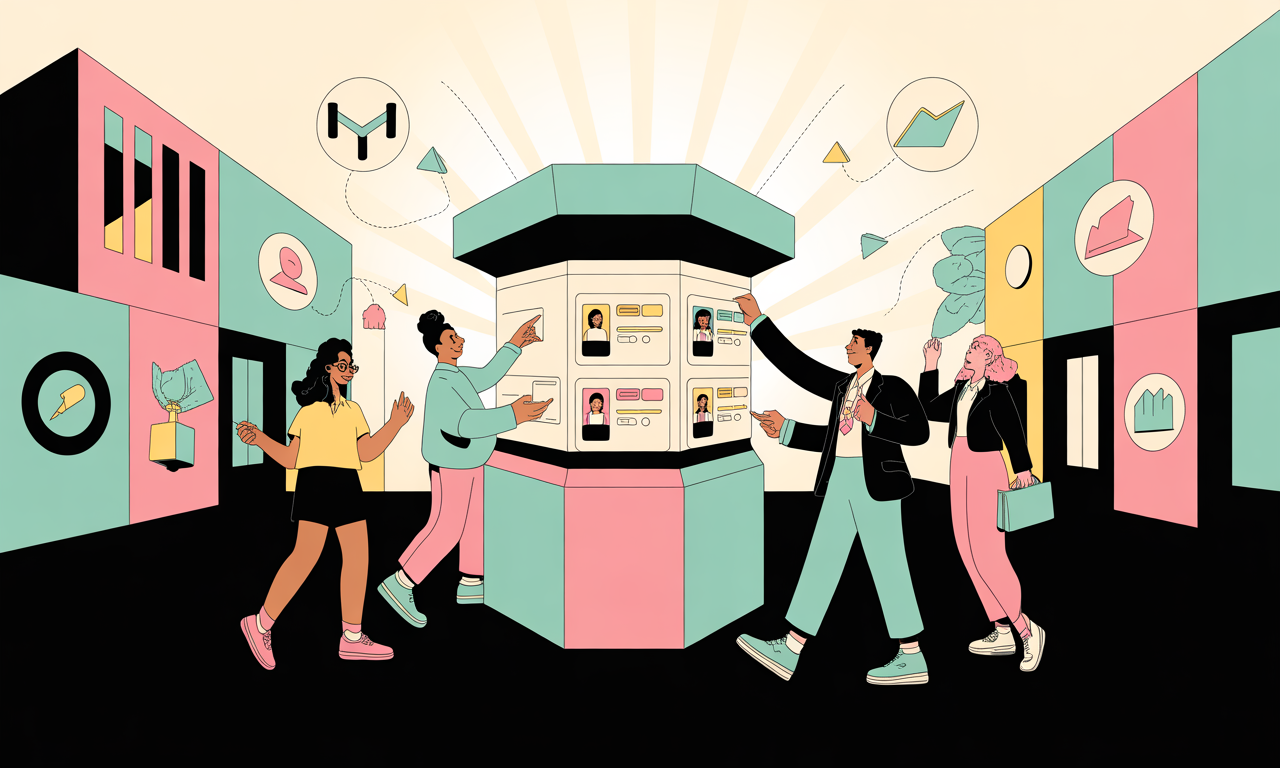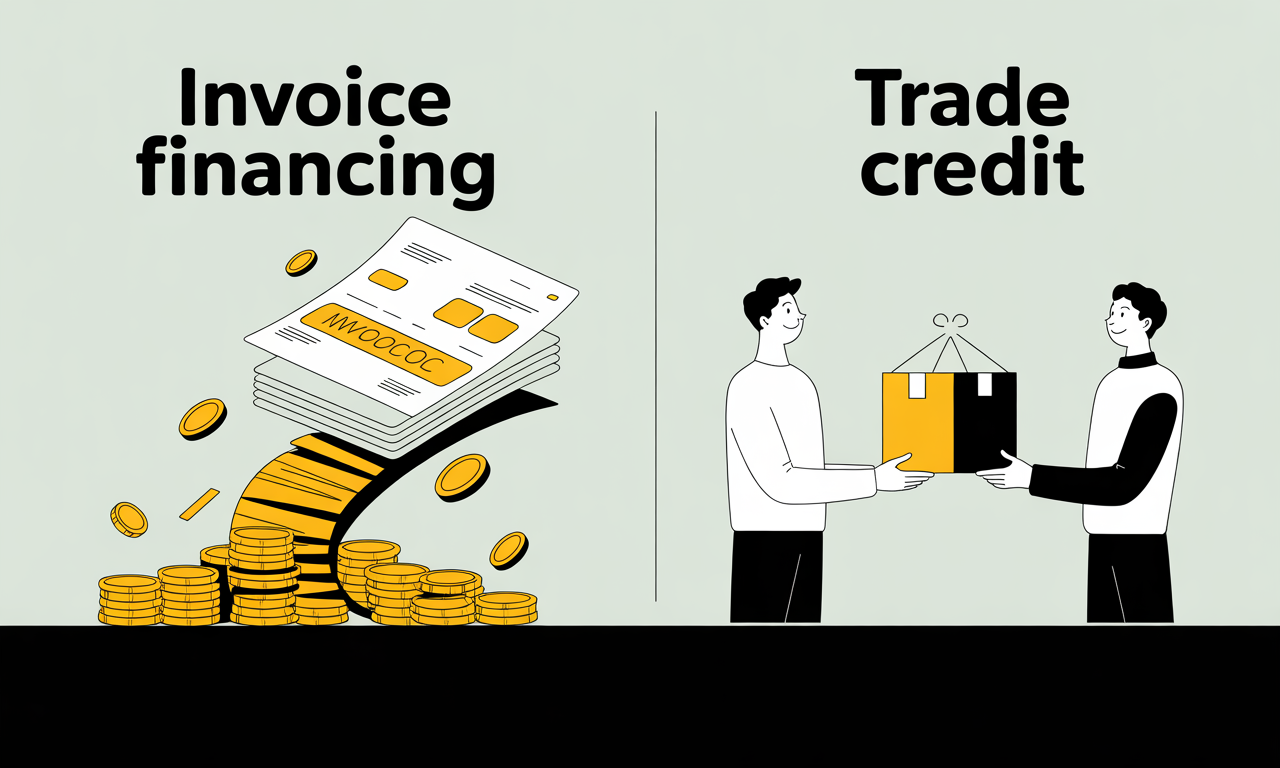
The A-Z of brand building: Advertising evolution across the lifecycle
Mon Apr 01 2024
6 min read
Are you inspired by the emotional ad campaigns dominating established brands' marketing landscapes? Are you planning to emulate them for your consumer brand? If so, understanding how advertising must evolve along your brand's lifecycle is crucial for making impactful marketing decisions.
This blog post will explore the practical strategies for implementing these approaches at different stages of your brand's journey. But first, let’s understand the classification and the difference.
Product-led ads vs emotion-led ads
If you are a Gen X or a millennial who grew up in India, you can easily recall the iconic TV advertisement with this catchy jingle.
"Vicco turmeric nahi cosmetic, Vicco turmeric ayurvedic cream.”
More recently, Alia Bhatt appeared in a series of video ad campaigns promoting Vicco Vajradanti, highlighting the product's benefits.
“Thanda garam, kuch bhi khaaye, aapke daant gungunaaye!”
These ads are a perfect example of product-led advertising that has endured and still resonates with people of all ages.
Product-led ads highlight the USP and other benefits the product offers or the problems that the product solves. These ads help increase product awareness and build strong category associations among its target audience.
Some other examples of product-led ads are:
While on the other end of the spectrum are ad taglines like
Because you are worth it (Loreal),
Darr k aage jeet hai (Mountain Dew),
No confusion, great combination (Bingo),
The Complete Man (Raymonds),
Jee lalchaaye raha na jaaye (Alpenliebe),
Isko laga daala to life Jhingalala (Tata Sky),
Open Happiness (Coca Cola)
These ad campaigns will be classified as emotional advertising campaigns. These campaigns weave a story, stir emotions, and may be long remembered, creating stronger brand associations among the target audience.
You would ask, what’s the catch here?
Although both have their impact and results, the problem arises when new-age brands and their founders use product-led and emotions-led ads interchangeably at different stages of the brand lifecycle for their marketing campaigns.
It’s a gospel truth that every brand has a journey and must be nurtured differently at different stages of its growth, and advertising objectives must change.
You must focus on the messaging relevant to the stage in the journey.
In his LinkedIn post, Arindam Paul, founding member and chief business officer, said, “Brands need to be nurtured differently at different stages, and advertising objectives change. The change is smooth as long as the core remains intact and clear from day 1.”
When to use product-led advertising?
If you are a relatively new brand in the market, just started, wherein:
- Your TG doesn’t know you.
- You are trying to create awareness for your product and establish your brand.
Then, great emotional marketing campaigns might not yield the desired results. Focusing on product-led ads is a way to target a cold audience and create strong category associations.
How to use product-led advertising?
- Your advertising strategy's initial phase efforts should create awareness and push your TG to try your products. Focus on a robust product that delivers exemplary experiences and builds strong brand associations.
- You can also have product-led solid advertising in ATL and performance to ensure people try your brand. However, this can only be done when you advertise the problem your product solves by highlighting its features through product-led advertising.
Product-led ads will help you establish a strong product presence and category awareness.
When to transition to emotion-led advertising?
- Identifying the right time and scale to move from product-led to emotional advertising is also an art.
- Until and unless a significant percentage of your target audience already knows which category you operate in, what your product does, and how it is better than the competition, do not get into emotion-led ads. Or at least not allocate a significant chunk of your budget to it.
A brand trying to build an emotional connection with its TG must ensure that its TG is fully aware of its category, products and differentiators. If this is not the case, then the connection is bound to be patchy as there is an inherent lack of trust in the desire for more information and user experience.
In his LinkedIn post, Arindam Paul again states, “Until and unless a significant percentage of your target segment already knows which category you operate in, and what your product does/how is it better than competition, do not get to Step 4( or at least do not allocate a significant chunk of your budgets to it).
Instead, focus on having a very strong product that can deliver exemplary experiences and build strong brand associations. And have product-led solid Advertising in both ATL and performance to ensure people try your brand.
Advertising does many things. Use advertising for salesmanship for the first few years/decades of a brand’s existence( and there is absolutely no shame in this). Use advertising for salience once you reach a particular scale. And once you cross a certain scale, use advertising for fame/emotional/social connection.”
But you would ask if we can have a mix of both (product highlights + emotions)
Ads highlighting functional benefits need not and should not be boring. Use your creativity to amalgamate both in the best possible way to create a win-win situation.
Another way is to cleverly integrate your brand names into the taglines in the advertisements. This integration makes the brand name memorable and stands out, which is crucial for successful advertising.
They believe that if the brand name doesn't stick in people's minds, then the advertisement isn't effective.
Here is a summary of how iconic brands can be built
Stage 1: Invest in product-led advertising that can create awareness and consideration for your brand.
Stage 2: Have your TG try your product. The product usage leads to the usage/experience, which leads to brand associations.
Stage 3: Finally, invest in brand-led/emotional advertising to strengthen the brand associations beyond the product.
To sum it up, the type of advertising that works best for a brand depends on its stage in its journey. Product-led advertising is recommended for new brands trying to create awareness and establish themselves. Once a significant percentage of the target audience knows the brand and its products, it is time to transition to emotional advertising to build a stronger connection with the audience.
Recognising the importance of transitioning from product-led to emotion-led advertising at the appropriate stages can help you forge stronger connections with your audience and propel your brand towards long-term success.








